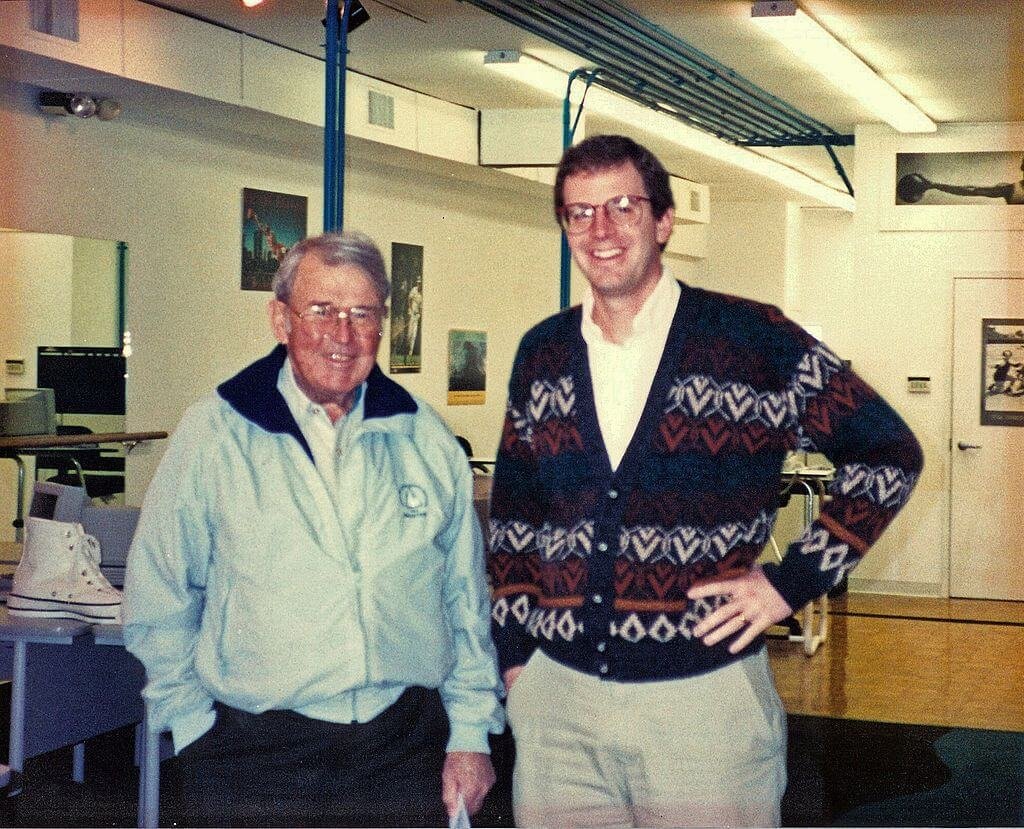The Northern California wildfires that tore through the state in the fall of this year left a trail of wreckage and devastation. Amongst the usual carnage that results from this natural disaster was one other casualty that very few noticed – a piece business and tech history.
On October 29th the fire claimed invaluable documents from Hewlett Packard’s early days that trace all the way back to the founding of what is commonly known today as Silicon Valley.
According to a report in the Santa Rosa Press Democrat, “The Tubbs fire incinerated more than 100 boxes of Hewlett and Packard’s writings, correspondence, and speeches. The papers were being stored at Keysight Technologies, one of the world’s largest electronics measurement companies, which has links to HP. The archives, valued at $2 million and acquired in 2014, were being stored in two ‘modular buildings’.”
Today HP is recognized as the largest producer of personal computers and accessories in the world. But those lost documents were a window to a time when two Stanford grads named Bill and Dave founded what would become one of the most influential tech and innovation companies of our time.
Before Silicon Valley
William “Bill” Hewlett and David “Dave” Packard met when they were electrical engineering students at Stanford University in the 1930’s. Upon the advice of professor and mentor Frederick Terman, the two decided to go into business together. In dire need of a place to set up shop, the two young entrepreneurs rented out Terman’s Palo Alto garage and raised $538 to get started.
At the time, there was no such thing as technology and innovation hub the way we know the area today. Many attribute that Palo Alto garage as the birthplace of today’s Silicon Valley.
After some minor hits and misses, HP found its big breakthrough when they found a way to produce precision audio oscillators at less than half the cost of the competition. Soon their Model HP200A created a buzz within the industry and sales started to take off.
This then led to Walt Disney knocking on their door. He was about to release Fantasia in theatres and needed a quality audio oscillator to ensure the sound quality was just right. He bought eight of the HP200B model which led to not only greater sales but further innovation.
“We figured that if people needed the HP200A as a source of sound, they would also need something to measure it. So we brought out a voltmeter to measure what happened,” Hewlett said in an interview with Electronic News.
Innovative Business Management
As the company quickly grew, they were facing the usual growing pains as any business that finds themselves scaling up. Hewlett and Packard realized that to get the best out of their employees and maximize productivity, it wasn’t as simple as cracking the whip. They had to make their employees feel like they were valued and invested in the company’s outcome.
To that end, they introduced initiatives such as a substantial employee benefits program (including catastrophic medical coverage) and profit-sharing. At the time, these initiatives were almost unheard of in American industry. Years later, Bill Hewlett would look back upon them with great fondness.
“What I’m most proud of is the fact that we really create a way to work with employees, let them share in the profits, and still keep control of it.”
This sense of corporate humanity was really a key to the HP Management DNA. It can be found in the quotes attributed to Hewlett & Packard over the years.
“The best possible company management is one that combines a sense of corporate greatness and destiny, with empathy for, and fidelity to, the average employee.” And, “The best business decisions are the most humane decisions. And, all other talents being even, the greatest managers are also the most human managers.”
Legacy
This combination of tech innovation and humane management rocketed HP to the top of the industry and kept them there over the years. In 1980 they released their first PC. Four years later they introduced the HP Laserjet, the first laser printer for PC’s. In 1999 they appointed Carly Fiorina as the first woman to head a Fortune 50 company. In 2002, they acquired Compaq to become the world’s largest producer of PC’s.
But perhaps the greatest legacy left by Bill Hewlett and Dave Packard is the geographic tech bubble of which they were pioneers. In 1988, that Palo Alto garage where it all started was designated as a California State Landmark. If you visit it, you will find a plaque that gives it a simple yet significant designation – “The birthplace of Silicon Valley”

